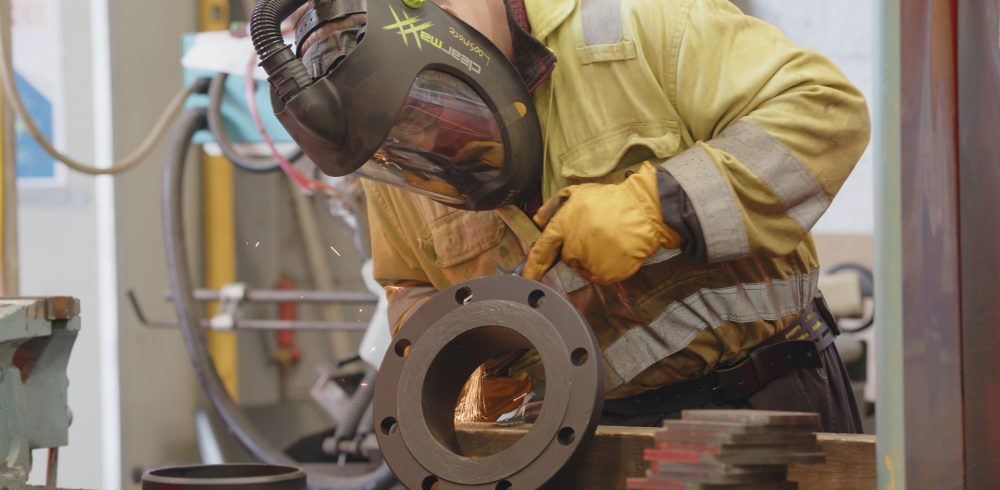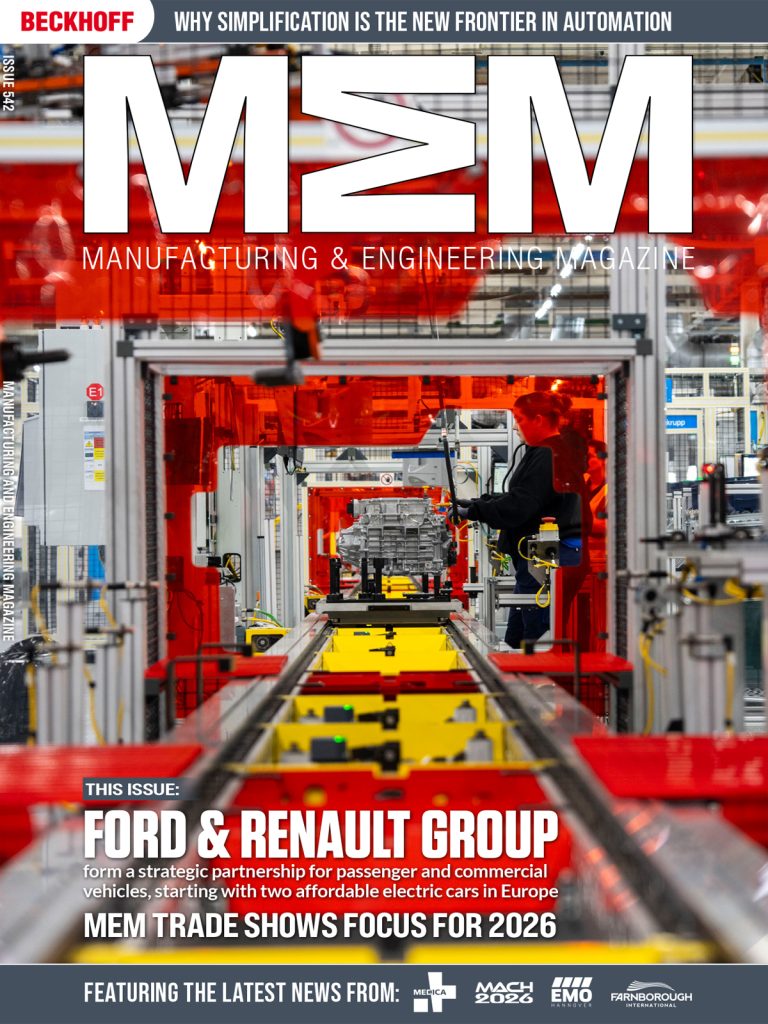New research published today reveals that the engineering construction industry (ECI) workforce deployed in renewables, hydrogen and carbon capture and storage could total more than 42,000 in the next five years.
The ECI spans sectors that focus on the construction, maintenance and decommissioning of heavy industry, including oil and gas, nuclear, power generation, chemicals and water treatment.
The industry also includes renewables sectors that will play a crucial role in the UK meeting its net zero ambitions, including offshore wind, solar, hydrogen and industries linked to the energy transition like carbon capture and storage (CCS).
The Engineering Construction Industry Training Board’s (ECITB) Labour Forecasting Tool (LFT) provides insights into workforce numbers across regions and sectors, predicting trends and potential future demand for workers in the industry.
The tool, which was first launched in November 2023, has been updated using findings from the ECITB 2024 Workforce Census and publicly stated timescales on 3,000 active and future ECI projects across Great Britain.
The LFT predicts that the biggest increase in demand for workers across the ECI in the next five years will be in the carbon capture and hydrogen sectors.
With both sectors in the early stages of development, the Census suggests that the start of construction phases is likely to create further workforce growth. However, it stated that this will be subject to projects gaining final investment decisions (FIDs). Delays in FIDs in 2024 averaged between seven and nine months.
The ECITB’s latest forecast reveals that by 2030:
- The offshore wind workforce could grow to more than 28,000, an increase of 48%.
- The CCS sector workforce within the ECI could increase by 144% to more than 3,750.
- The hydrogen workforce could grow to more than 4,500, an increase of 195%.
- The combined workforce across other renewable sectors, including onshore wind, solar, biomass, energy from waste and biofuels, is predicted to grow by 20% to total more than 5,800.
- Roles most in demand across these sectors will include design engineers, project managers, project controllers, commissioning technicians, general operatives, electrical technicians, platers, pipefitters and mechanical fitters.
The overall picture of future labour needs in engineering construction in Britain highlights that the size of the ECI workforce could total more than 135,000 in five years’ time to meet demand, an increase of 19% on the current number of workers in industry.
The LFT previously stated that demand across industry would peak in 2028, but this has now shifted to 2030 due to delays in some projects coinciding with other planned activity, as well as a potential wave of retirements in key roles.
The revised predictions were possible thanks to a record response rate from industry employers for the latest iteration of the ECITB Workforce Census.
The ECITB Workforce Census 2024 offered a comprehensive overview of the ECI workforce across renewables and other sectors linked to net zero, covering distribution across regions, demographic trends, hiring challenges and business opportunities.
ECITB Chief Executive Andrew Hockey said: “A key objective of the Foundations pillar of our Leading Industry Learning strategy is to produce impactful labour market intelligence to enable data-driven decision-making.
“The significant Census response rate enabled the ECITB to provide more precise, up-to-date data for the benefit of industry. It allows us to improve the LFT to help make better predictions on future workforce trends and labour demands in renewables sectors.
“The updates to the LFT reinforce the scale of the challenges facing the industry that were outlined in our Workforce Census Report, which revealed that 81% of renewables employers in the ECI are experiencing challenges hiring workers.
“We recognise that addressing skills shortages in these sectors requires a collaborative, multi-agency approach that includes employers, governments, training providers and the ECITB.
“So, we’re calling on all of industry to work together to help increase the pool of people joining the ECI, while continuing to train and upskill existing workers.
“By investing in the workforce, the industry has a fighting chance of closing the skills gap and ensuring it has the skilled workforce it needs both for now and the future.”
Find out more about the ECITB Labour Forecasting Tool at:
www.ecitb.org.uk/research/labour-forecasting-tool/
Manufacturing & Engineering Magazine | The Home of Manufacturing Industry News
















